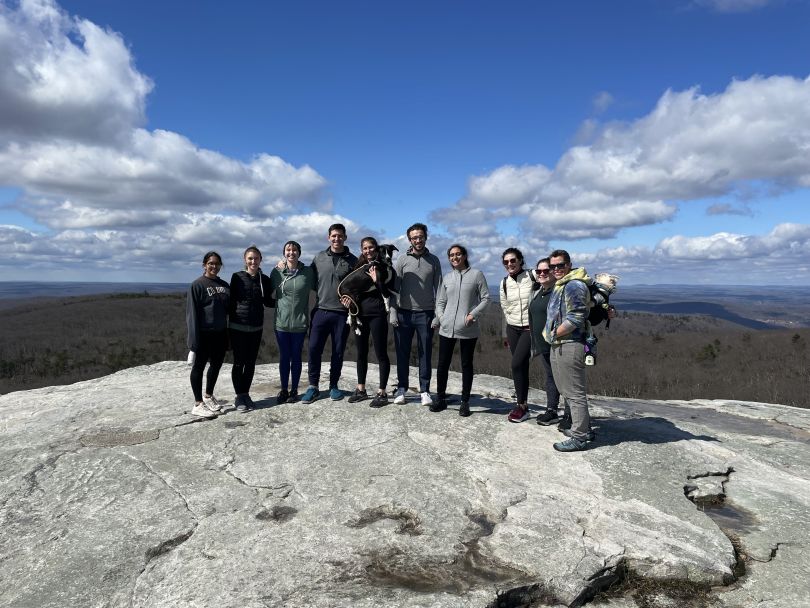Spring Health is on a mission to eliminate every barrier in mental healthcare — and their data science team makes offering that care possible each day and every day.
At the heart of those efforts is the work of VP of Data Science Geetu Ambwani. In her role leading Spring Health’s data science organization, Ambwani drives the vision for the company’s data strategy ahead and supports her team as they enable data-driven product decisions for Spring Health’s members, caregivers and customers.
“By building a team that can leverage data to inform our decisions, we've been able to provide better care for our members, operate more efficiently as a business and advance the science of mental health,” Ambwani said.
That laser focus on using data to transform mental health care is exactly what sets Spring Health apart from the competition.
“We sit on top of one of the most unique mental health datasets in the world,” Ambwani said. “We ensure that our products are continually learning from the experience of our members and caregivers to create a better experience for them tomorrow.”
Built In spoke with Ambwani to learn more about how she has built Spring Health’s rapidly-growing data science team, transformed the relationship between the company’s product and data teams –– and worked to advance the science in order to eliminate every barrier in mental healthcare.
Why did Spring Health invest in data science? What value does it have for customers?
At Spring Health, “Science Will Win” is a core value that underpins everything we do. Our co-founder Adam's research seeded the idea that data could take the guesswork out of mental health care and led to investing in our data science team. As we grew, we realized that data would be our differentiator not just in our precision mental health engine but in the ways we operated as a business.
Our team has helped us optimize our clinical workflows and personalize treatment plans for our users. We've also been able to leverage our data to predict which users are at risk of dropping out of treatment so that we can intervene early.
But our data science team doesn't just focus on product development — we also help the company operate more efficiently through building predictive modeling to forecast demand for our services, which has enabled us to staff our clinical team more efficiently and reduce wait times for our members to receive the care they need. By assembling a team of experts across the spectrum of data science, we've been able to make data-driven decisions at every level of our organization, from product development to business operations.

How did you support building Spring Health’s data science function?
When I came on board, our team was a mighty team of six early career analysts and data scientists. Since then, we’ve focused on hiring individuals with world-class talent in the areas that we knew would be strategically important for us: product analytics, machine learning, health economics and outcomes research and data infrastructure. Within 18 months, data science quadrupled to 28 team members.
One big change we made was to move from a centralized team to a more embedded hub-and-spoke model with data scientists embedded on product teams. In a year, we moved to a data-driven product development iteration cycle, but adapting to working in cross-functional pods did come with challenges.
But the benefit of pairing data with product was a huge win in the end. We all believed in the common mission and understood the value of experimentation and data science kept us motivated, in other words, “we understood the assignment.” I brought on additional experienced leaders to our team and we kept reminding folks of the end goal — our product and services will help in eliminating every barrier to mental healthcare.
“Knowing that we all believed in the common mission and understood the value of experimentation and data science kept us motivated.”
What teams did you collaborate with in order to get this across the finish line?
Product managers, engineers and designers were the key collaborators as we embedded ourselves deep into products. Building empathy for each other’s goals and having clear expectations allowed us to reach our goals. I believe that innovation happens at the intersections of disciplines, so there is a lot to learn in these cross functional collaborations.







